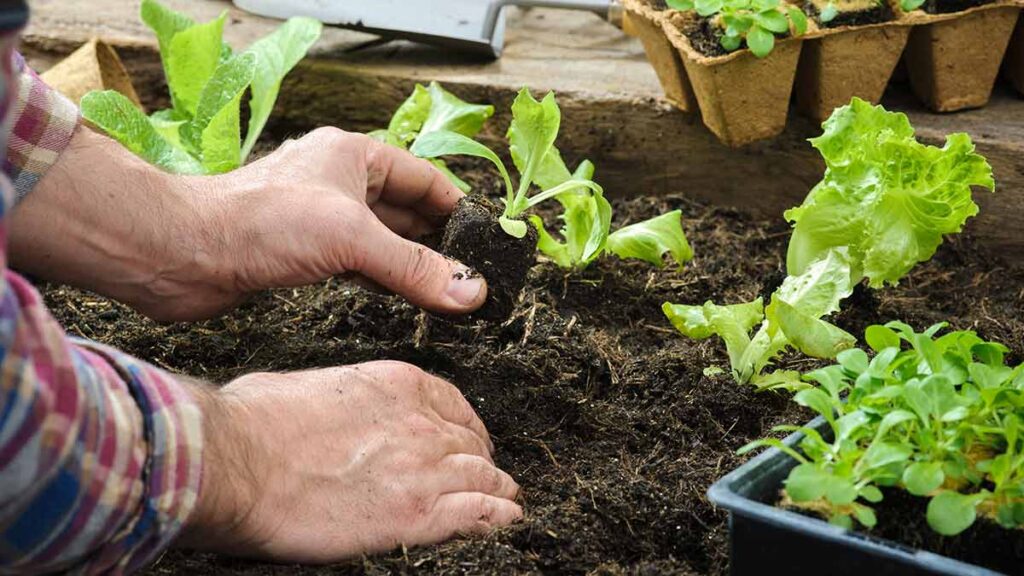Gardening is a rewarding activity that brings a great sense of accomplishment and satisfaction. Whether you are an experienced gardener or a beginner, knowing the best time to plant a vegetable garden in your region can make all the difference in your harvest. Climate, temperature, and soil moisture all play important roles in determining the right time to plant a garden.
What Is The Best Month To Start Planting Vegetables?
The first step in determining the best time to plant a vegetable garden in your region is to understand your local weather patterns. Keep track of your area’s average frost dates, as these are important indicators of when it is safe to put sensitive plants outside. Many vegetables, such as tomatoes and peppers, cannot tolerate frost and will die if exposed to it. Once you know your area’s average frost dates, you can use them as a guide for determining when to plant your garden.

Soil temperature is also a crucial factor in choosing the best time to plant your garden. For best results, soil temperatures should be at least 60°F when planting most vegetables. You can use a soil thermometer to determine your soil temperature. If your soil is too cold, your seeds will not germinate as quickly or grow as vigorously, and your harvest will be smaller.
Soil temperature, soil moisture is another vital factor to consider when planting a vegetable garden. If the ground is too dry or too wet, your plants will struggle to grow and thrive. It is important to make sure the soil is adequately moist before planting, but not so moist that it becomes waterlogged. Improper soil moisture can lead to root rot and other diseases that can harm your plants.
You should consider the specific vegetables you plan to grow when choosing the best time to plant your garden. Different vegetables have different growth requirements and thrive in different conditions. For example, cool-season crops, such as broccoli and lettuce, should be planted in early spring or late summer to avoid heat stress. Warm-season crops, such as tomatoes and peppers, should be planted once the threat of frost has passed and soil temperatures have warmed up.
Determining the best time to plant a vegetable garden in your region requires careful consideration of several factors, including climate, temperature, and soil moisture. By understanding your local weather patterns, soil temperature, and moisture levels, and the specific requirements of the vegetables you plan to grow, you can maximize your harvest and enjoy the rewards of a successful garden. Happy gardening!
What is your reaction to this?

 I liked it
I liked it Wonderful
Wonderful Thanks
Thanks Good
Good Hahaha !
Hahaha ! Incredible
Incredible Interesting
Interesting Wrong
Wrong
